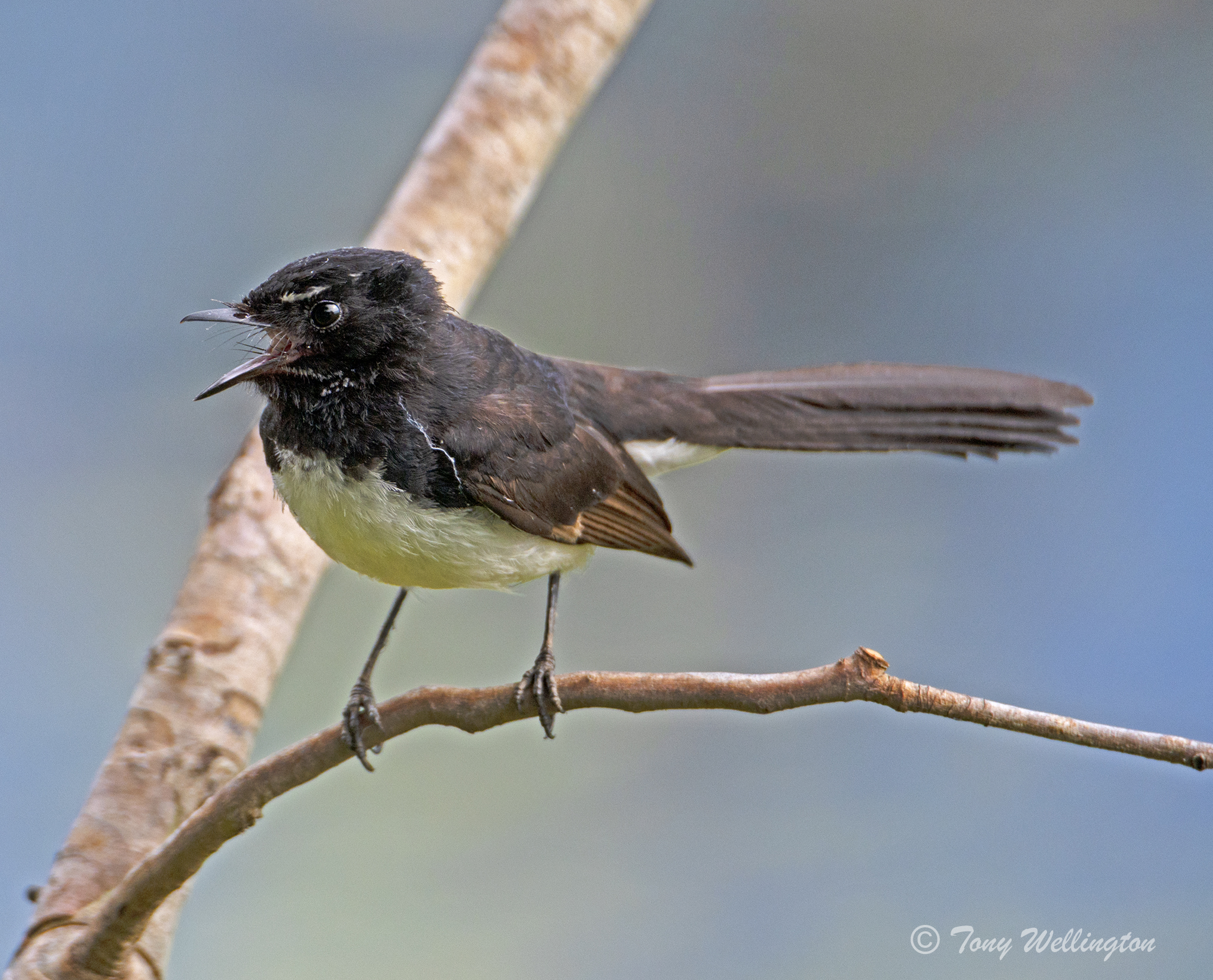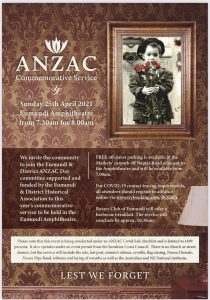Bird life with Tony Wellington
Every reader will likely be familiar with the hyperactive Willie Wagtail. With a lifespan of twelve to fifteen years, this is an endearing bird that one can really get to know.
The Willie Wagtail features prominently in Indigenous mythology, often as an ill omen. In some regions, they were thought to loiter at the edge of camps listening to conversations and then spreading secrets.
Willie wagtails often pair for life. They can nest at any time of year, but most commonly do so in Spring.
A 1998 study determined that the distinctive tail-wagging and wing-flashing are used to flush out insect prey. The rates of tail-wagging and wing-flashing are influenced by the time of day and light intensity. Tail-wagging is more frequent at the start and end of the day, while wing flashing is more frequent during the middle of the day. This appears to correspond to the activities of certain insect prey.
The Willie Wagtail will take ticks from the skin of large animals such as horses and cows, and even from large predators in zoos. They are decidedly courageous birds, as demonstrated at nesting time when they will willingly take on much bigger foe, even birds of prey.
Tony has worked as a filmmaker, artist, author, photographer and media lecturer. He has also been a Councilor on both the Sunshine Coast and Noosa Councils, as well as Mayor of Noosa.




